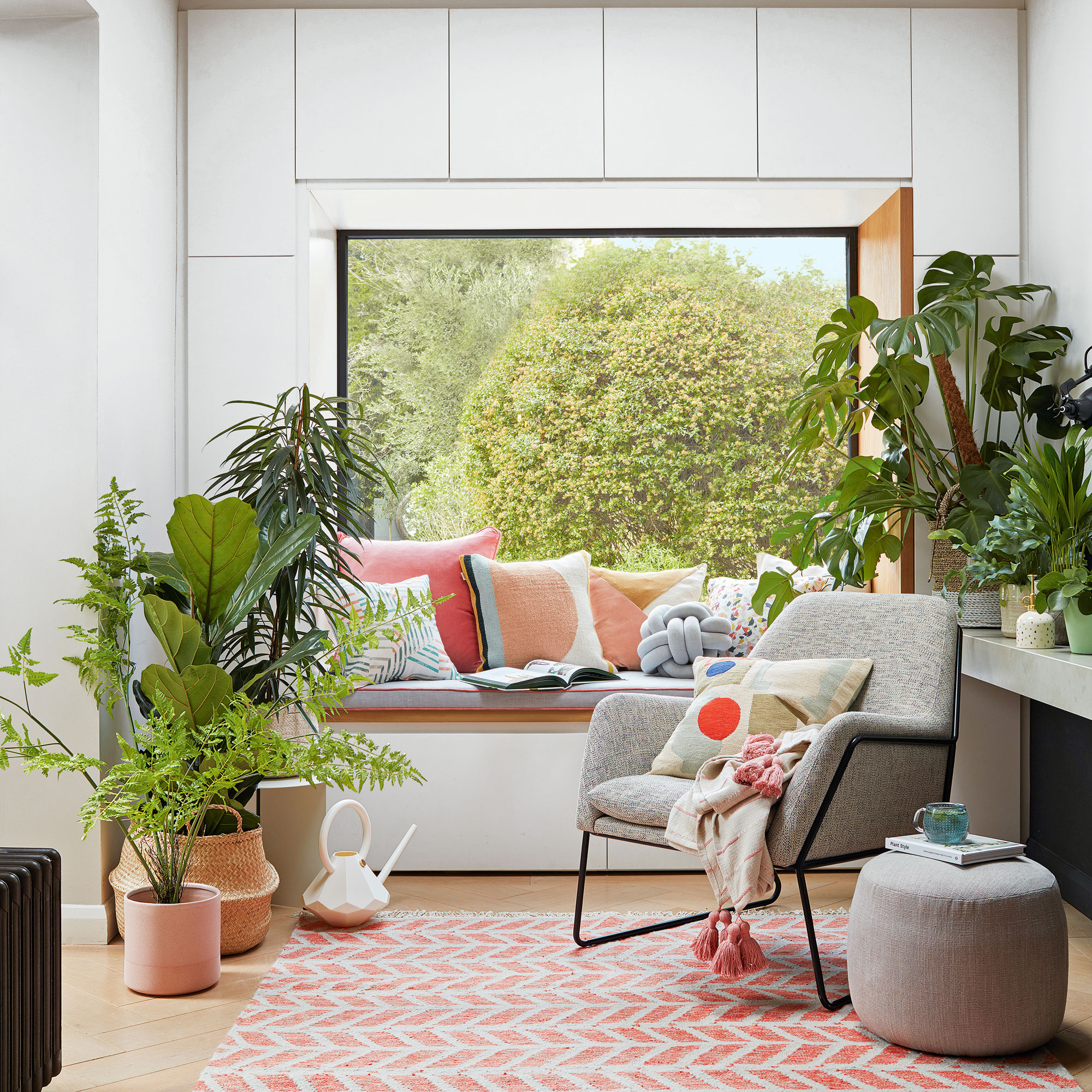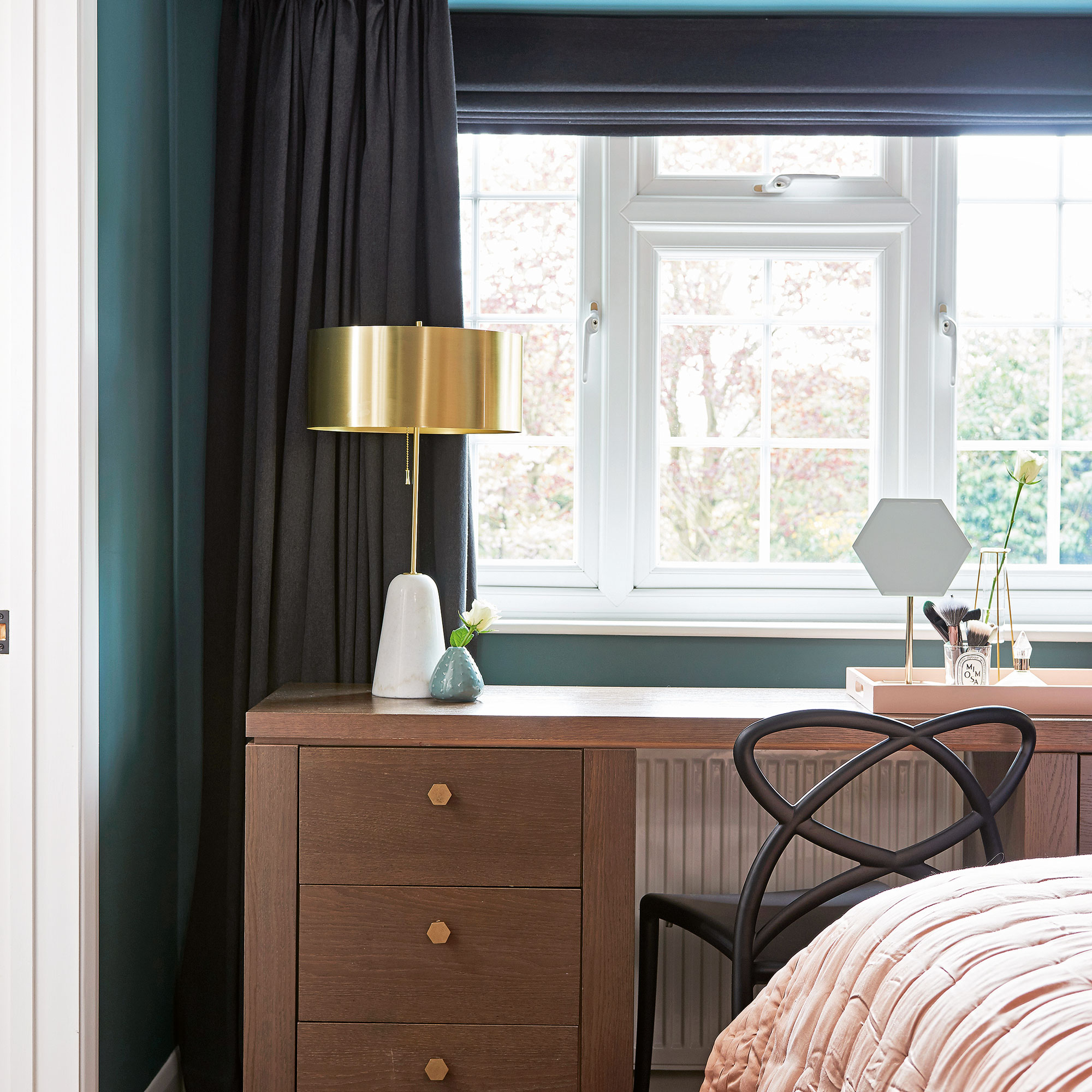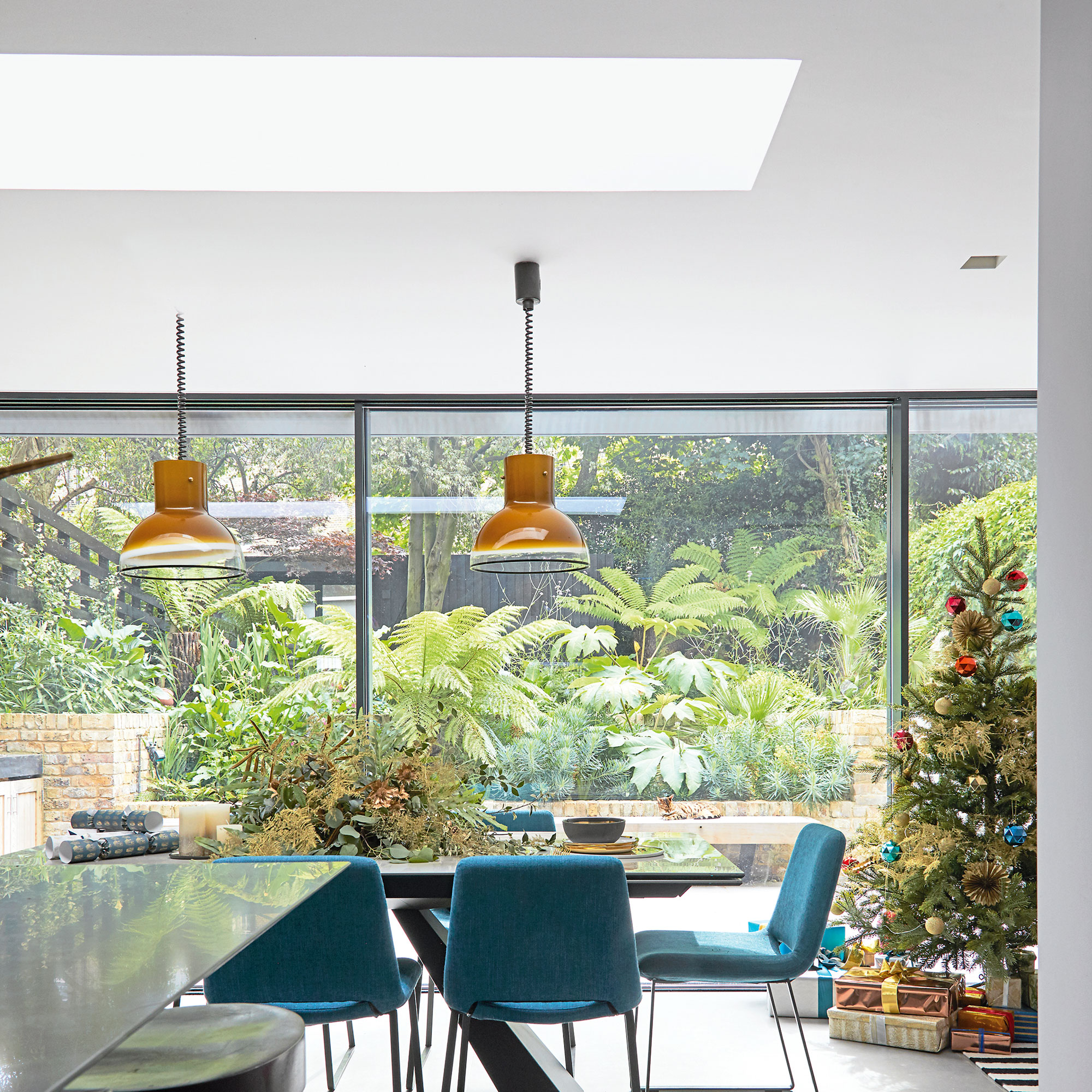Types of glazing for your windows, explained: a complete guide
Here’s what you need to know about specifying types of glazing for thermally efficient windows

There’s more than just aesthetics to think about when choosing types of glazing for your home. With energy costs on the rise, thermal performance will be a key factor in your window decision, too. When it comes to replacement windows, there’s a lot to get your head around. So it’s worth getting familiar with the industry terminology around all the different glass specifications.
'The older the glazing, the worse the thermal performance,' says Dave Mechem, director of inspection and assessment at RISA, part of the Glazing & Glass Federation. 'Up to 24% of heat energy can escape from old, draughty glazing.'
Inert gas fillings, solar control coatings and acoustic glass are all possibilities to boost your windows’ performance. Plus, if you have ambitious goals for your property’s thermal capabilities, it's worth looking at the benefits of upgrading to triple glazing over double.
The types of glazing you choose impacts on how much heat is retained vs lost. 'The energy rating of windows, from A to G, reflects this absorption of heat,' says Neal Harper, managing director at Wolverhampton Glass. 'The top rating is given to windows that absorb as much heat as they lose. This includes both double and triple glazed solutions.'
The Energy Saving Trust estimates that by installing A-rated double-glazed windows in an entirely single-glazed detached house, you could save between £120 and £155 per year on utility bills.
What is window glazing?

Glazing is the glass component encased within the window frame. Multiple factors determine the thermal performance of your windows. This includes the quality of the installation and frame material (UPVC, timber, metal etc).
'The type of glazing you choose can make a huge difference to the thermal performance of your property,' says Matt Higgs, director at Kloeber. 'Heat loss from inside to outside (measured in U-values) is a big consideration. As is the thickness of the glass and the width of the space between panes.'
Sign up to our newsletter for style inspiration, real homes, project and garden advice and shopping know-how
What types of glazing are there?

When it comes to specification, remember that your chosen glazing will impact on other areas of performance. This includes the design, acoustics and overall light levels. Security and privacy are other key areas to consider when looking at types of glazing.
This is especially important when considering traditional windows for period homes as traditional double glazing might not be the best option.
Insulating glass
This type of window reduces heat loss by comprising multiple panes of glass, sealed into one unit, with a gas filling in the middle. 'A double pane insulated glass unit (IGU) is a system with two panes separated by a gas. A triple pane IGU contains three panes of glass,' says Liam Hulme, managing director at Global Windows. Typically, argon or krypton are used between the panes of glass. Because of the dense qualities, they help reduce the rate of heat conductivity between the panes.
In today’s energy conscious climate, it’s rare to fit single glazing in any property. The exception, perhaps, is in historic homes where like-for-like period replacements are required by the conservation officer. Most new build homes come with double glazing as standard to ensure Building Regulations are met (in terms of heat loss). Mixing double and triple-glazing is another option if you have higher aspirations for your house’s energy performance. Consider installing triple-glazed units on the cooler, northern side of the house, and double-glazing on the warmer south side.
'Changes to Building Regulations announced in 2021 have increased the performance required by new windows and doors. So check that the products you’re choosing comply with the new, stricter standards,' says Edward Stobart, sales manager at IDSystems.
Solar reduction glass
Some types of glazing feature a special metal oxide coating to reduce the amount of heat entering the building. 'The coating is invisible to the naked eye and prevents short wave radiation from the sun entering your home,' says Shannon Normoyle, digital marketing executive at IQ Glass. This finish helps prevent overheating. It's typically used on the south-facing side of properties that get the most sun.
'There are a variety of specs for solar control coatings, with the most popular being 70/35. This means it lets through 70% of light whilst reducing the G factor (how much radiation can pass through the glass) to 35%,' says Shannon Normoyle. Not only does this help with cooling costs during summer, but also allows occupants to install large areas of glazing without worrying about the possibility of overheating.
Noise reduction glass
Also known as acoustic glass, this type of glazing reduces the amount of noise that can enter your home from outside. This is great news if you live near a busy road or train line. 'It works by preventing sound waves from travelling through the sealed unit, either by absorbing or reflecting them,' says Edward Stobart from IDSystems.
If we take double glazed windows as an example; the two panes of glass will have slightly different thicknesses. There is also a sound laminate sound dampening core to help reduce noise transference.
Window safety glass

In areas where glass presents a potential hazard – for instance, structural roof glazing that’s installed overhead – safety glass is used. The glass is typically strengthened via a heat treatment process. This means it splits into tiny pieces when it breaks, rather than shattering into large and dangerous shards.
'Another option is to use some sort of interlayer, such as a PVB (polyvinyl butyral). If the glass is broken the panes are held in place,' says Shannon Normoyle.
Structured glass
Often used to create design wow-factor, large sheets of frameless glass take some of the weight of the surrounding structure. 'Completely frameless sliding glass doors are one example,' says Steve Rawding, sales and marketing director at SEH BAC. 'Glass extensions are increasingly popular with homeowners as a way of increasing space and natural light without the frames and limited structural possibilities associated with a traditional conservatory.'
Other options include structural glass roofs, glass walls or streamlined picture windows. However, the design and engineering for structural glazing is typically quite complex, so it’s important to work with a specialist glazier who has plenty of experience working with this type of installation.
What is double glazing?
This type of insulating glass comprises two panes of glass, with a gap in between that forms a thermal barrier. The cavity between the glass can be filled with an inert gas (eg krypton, argon or xenon) to further boost your window’s thermal performance.
What is triple glazing?
While double-glazing works by trapping a layer of air between two panes of glass, triple-glazing provides extra insulation by adding in a third sheet to form an additional thermal barrier. 'There are many benefits to triple-glazing, such as better insulation, lower energy bills and a warmer home in winter,' says Liam Hulme from Global Windows. Triple-glazing is most often specified in homes in particularly chilly or exposed locations, or as part of projects where energy-efficiency is a top priority (eg Passivhaus self builds).
What type of glazing is better? Double or triple?

While triple-glazed windows will help save more energy, the initial outlay for supply and installation will be greater than for double-glazed windows. 'It’s not always a case of the more panes of glass, the better,' says Victoria Brocklesby, COO at Origin. 'It would seem logical that triple-glazing would be the pinnacle choice for glazing doors and windows. In our experience demand for this solution is dropping.' Unless you have specific energy goals for your home, high-quality double-glazing should hit your thermal performance objectives without any issues.
In some cases, it might be better to invest in types of glazing with a special coating. 'When you’ve got special coated glass you can not only get the same level of insulation you would with a triple glazed unit, but you can get extra benefits. This includes enhanced security and improved noise reduction,' says Steve Rawding from SEH BAC. 'Smart low-e coatings provide a one-way door for trapping and holding energy and will stop 56% more internal heat escaping.'

Rebecca Foster started her journalism career in Bangkok in 2013, where she worked on the in-house editorial team at a luxury homes magazine. Since then, Rebecca has contributed to numerous property and interiors titles in the UK and Southeast Asia. She re-located to London in 2015 to work at one of the country’s leading self-build and home renovation magazines. In 2017, she left her job to split her time between freelance journalism and teaching yoga.